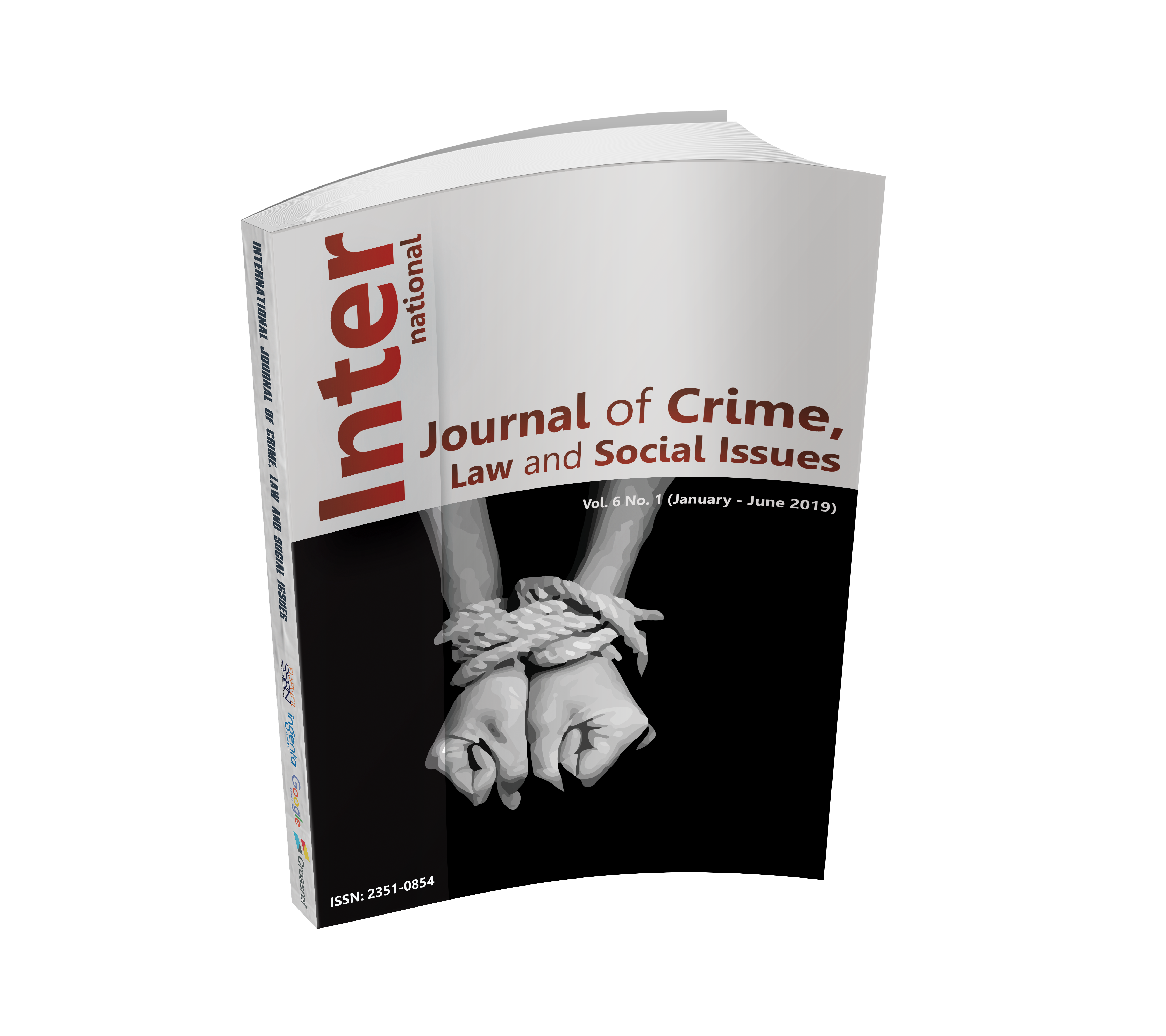Drinking and Driving: Possibilities of Escaping from Legal Proceedings
Keywords:
Law Enforcement, Drunk Driving, Escape from Legal ProceedingsAbstract
The objective of this research is to study the behaviors of drivers with blood alcohol concentration exceeding the legal limit and to study the efficiency and suitability of the Alcoholic Beverage Control Act 2008 enforcement using a qualitative approach by researching documents, police records, and in-depth interviews from 12 main informants. Content analysis was applied to analyze the data. It was found that drivers with blood alcohol concentration exceeding the legal limit problems are still present in Bangkok despite various campaigns and check points during holiday periods. However, there is no record regarding escape from legal proceedings due to various reasons, such as the officer’s discretion, insufficient manpower, evidence gathering process, and inadequate alcohol measurement equipment. Regarding the enforcement effectiveness of the Alcoholic Beverage Control Act 2008, serious enforcement of the Alcoholic Beverage Control Act 2008 will help reducing legal loopholes in the Road Traffic Act 1979 and reduce a considerable amount of road accidents resulting from drinking alcoholic beverages. The recommendations from the study is to combine the Alcoholic Beverage Control Act 2008 and the Road Traffic Act 1979 and establish a special law specifically for penalizing drivers under the influence, e.g., intoxicated drivers. The penalties should be determined according to the risk posed.
Downloads











.png)


